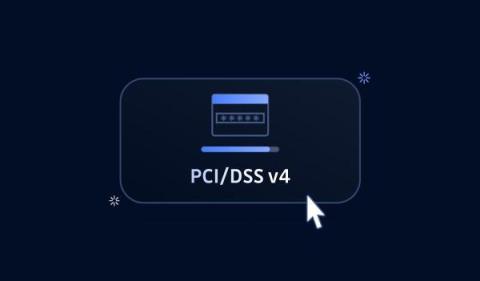Fortinet Firewall Authentication Bypass Vulnerability (CVE-2024-55591)
As per a recent update from Fortinet, Exploitation of CVE-2024-55591, a recently disclosed authentication bypass vulnerability in FortiOS and FortiProxy, allows remote attackers to achieve super-admin privileges. By sending specially crafted requests to the Node.js WebSocket module, attackers can exploit this zero-day vulnerability to gain unauthorized access.











